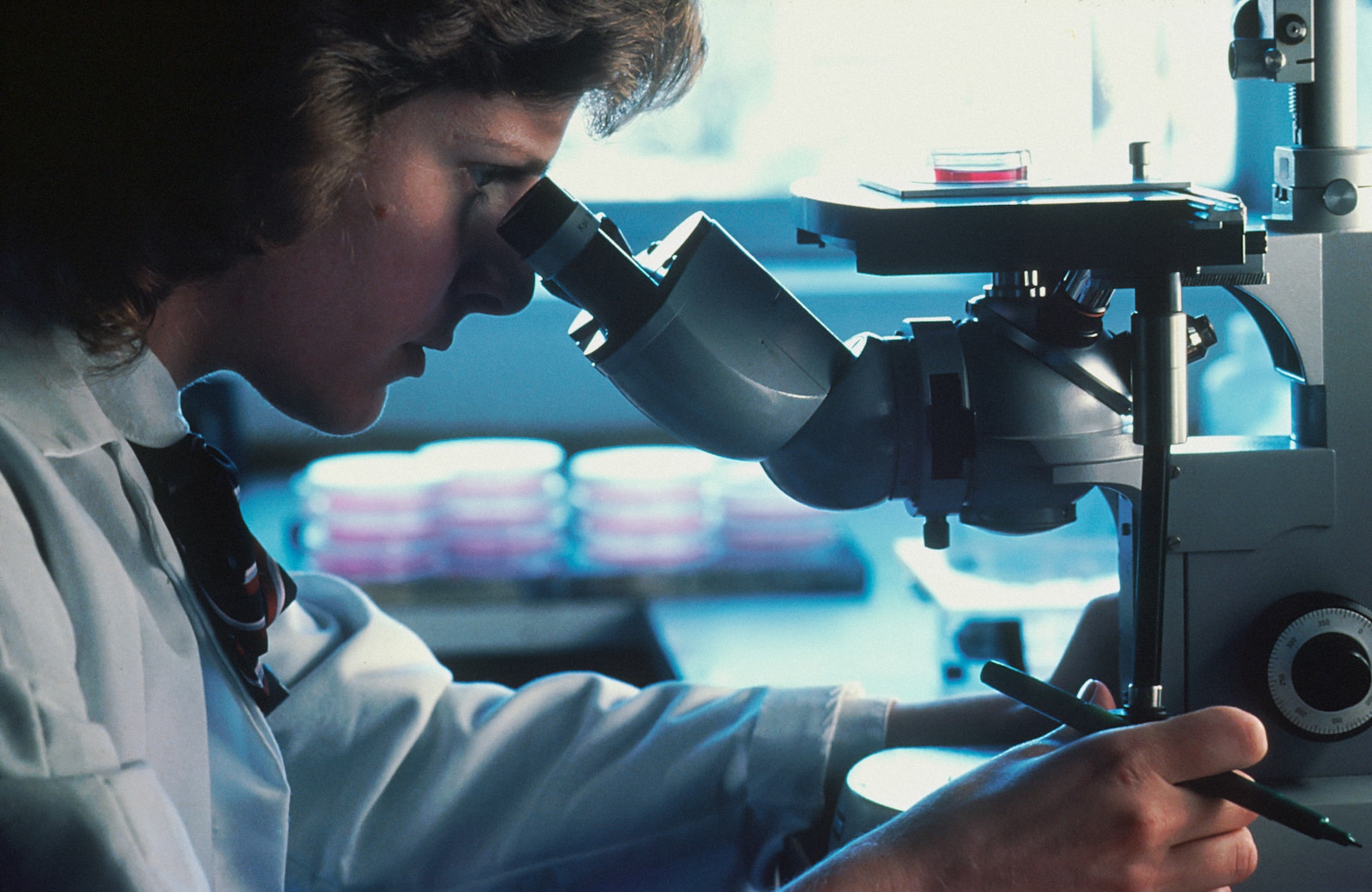Google and the US Department of Defense have partnered to create a groundbreaking medical device called the Augmented Reality Microscope (ARM), which uses artificial intelligence to enhance the process of diagnosing cancer. This technology is designed to improve the accuracy and efficiency of identifying cancer cells and pathogens in tissue samples, potentially leading to faster diagnoses and wider access to advanced diagnostic capabilities.
The ARM is an advanced microscope that combines AI with traditional microscopy to support pathologists in their examination of tissue samples, particularly in the context of cancer diagnosis.
The core functionality of the ARM relies on its ability to employ artificial intelligence through advanced computer vision algorithms to analyze tissue samples in real-time. This real-time analysis provides immediate feedback to medical professionals, facilitating quicker and more precise diagnoses.

A key advantage of the ARM is its precision, as it can identify subtle markers of cancer cells or pathogens that might be difficult to discern visually. This precision reduces the likelihood of misdiagnosis and ensures timely treatment.
Another significant potential benefit of the ARM is its capacity to assist smaller clinics and patients who lack access to advanced diagnostic tools, thereby improving healthcare accessibility.
The ARM’s ability to rapidly analyze tissue samples has the potential to expedite the diagnostic process, particularly in cases where early detection is critical for successful treatment.
Moreover, the ARM’s AI capabilities can offer a second opinion to pathologists, reducing the potential for human error. This collaboration between Google and the US Department of Defense underscores the role of AI in advancing healthcare and enhancing patient outcomes.
In summary, the Augmented Reality Microscope (ARM) is the result of a partnership between Google and the US Department of Defense, with the goal of improving cancer diagnosis by enhancing accuracy, speed, and accessibility through the application of AI. As this technology evolves, it has the potential to benefit both patients and healthcare providers, ultimately advancing cancer care.
If you found this article to be informative, you can explore more current Digital Twin news here exclusives, interviews, and podcasts.













